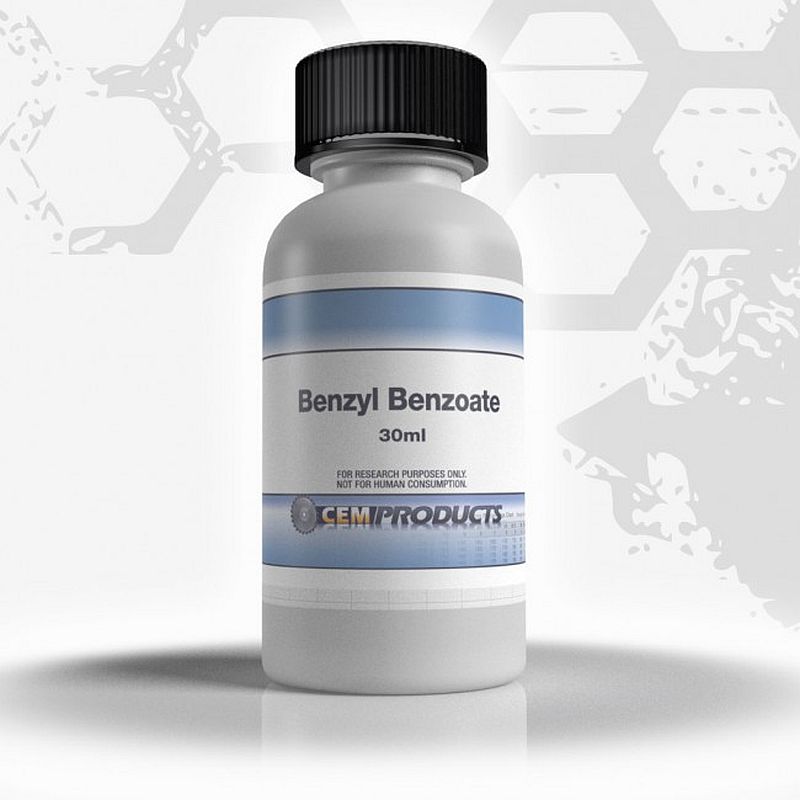
Q: “I want to make my own steroid preparations but am unclear on the advantages and disadvantages of the various carrier oils, solubilizers, and bacteriostatics.”
A: Let’s first consider which oil to use.
The easiest oil to get and in my opinion one of the best is Wesson soybean oil from the supermarket. This has a very long track record of successful use. It’s preferable to any other supermarket oil due to its extreme clarity, which means that it has very little if any particulate matter in it.
In contrast, other supermarket oils typically have a light haze to them – subtle in many cases, but there nonetheless – as do many natural oils sold by companies specializing in selling to bodybuilders.
That said, any number of successful preparations have been made with corn, cottonseed, peanut, or grape seed oil sold by such suppliers, as well as other types.
In some cases, suppliers sell oils which actually are pharmaceutical grade, sourced from companies such as Croda. Such an oil is an excellent choice.
As more esoteric oils such as flax seed oil, evening primrose oil, etc can be nutritionally desirable for oral intake, some want to use them for injection. I recommend against this, as such products typically are high in particulate matter, and it’s conceivable that even if optically clear, allergic response could occur from injection even if not occurring for the individual from oral intake. Further, the material could be probiotic (provide needed nutrients for bacteria.) Not all such material will necessarily be removed by a submicron filter.
Ethyl oleate can be another good choice. It has the advantages of lower viscosity than the vegetable or seed oils, and greater solubilizing ability. The potential disadvantages come from individual reaction to ethyl oleate in some cases, and poor quality ethyl oleate in others. I would avoid ethyl oleate which is simply some industrial or lab grade, or of unspecified grade. It should be USP, or at the least FCC. In all cases, I’d try a few trial injections of 1 mL before committing a batch of powder to ethyl oleate.
Benzyl benzoate is a useful solubilizer. For example, trenbolone acetate is soluble only at 50 mg/mL in straight Wesson oil, but 100 mg/mL can be obtained with 20% benzyl benzoate and 80% Wesson oil.
Another solubilizer is guaiacol. If following a formula that specifies it, then for having confidence of everything dissolving, the less risky approach is to use guaiacol as specified rather than to omit it. There is no downside to doing so. But other than that, I don’t see a need to do so, and personally never use it.
Benzyl alcohol has bacteriostatic properties: in other words it typically does not kill bacteria, but does prevent their growth. A clean oil solution of a steroid, without particulate matter, completely lacks nutrients needed for bacteria to grow: for example there are no sources of nitrogen, potassium, phosphorus etc which are absolutely required for bacterial growth. However, if for example allowing skin particles or food residue to be introduced into the oil solution, then bacterial growth becomes possible. However, if cleansing the septum and using a fresh needles, that should not happen.
Nonetheless some users may introduce contamination, and for this reason, benzyl alcohol at concentrations no more than 5% can be useful. Many consider it “necessary.” I find that a strong word, as I’ve omitted it for many years due to its irritant properties, and never had the slightest issue. Desirable for a given individual, perhaps, desirable for most perhaps, but necessary when using a suitable oil and proper procedure, no.

About the author
Bill Roberts is an internationally-recognized expert on anabolic steroids and performance-enhancing drugs (PEDs). He received a bachelor degree in Microbiology and Cell Science and completed the educational and research requirements for a PhD in Medicinal Chemistry at a major American university.
Bill entered the nutritional supplement industry prior to completing his doctoral thesis but his education was invaluable so far as being able to design/improve nutritional supplement compounds, since it was in the field of designing drug molecules and secondarily some work in transdermal delivery.
His education was not specifically "geared" toward anabolic steroids other than expertise with pharmacological principles having broad applications. This has allowed Bill to provide unique insight into the field of anabolic pharmacology with knowledge of points which he would not have known otherwise.
Leave a Reply
You must be logged in to post a comment.